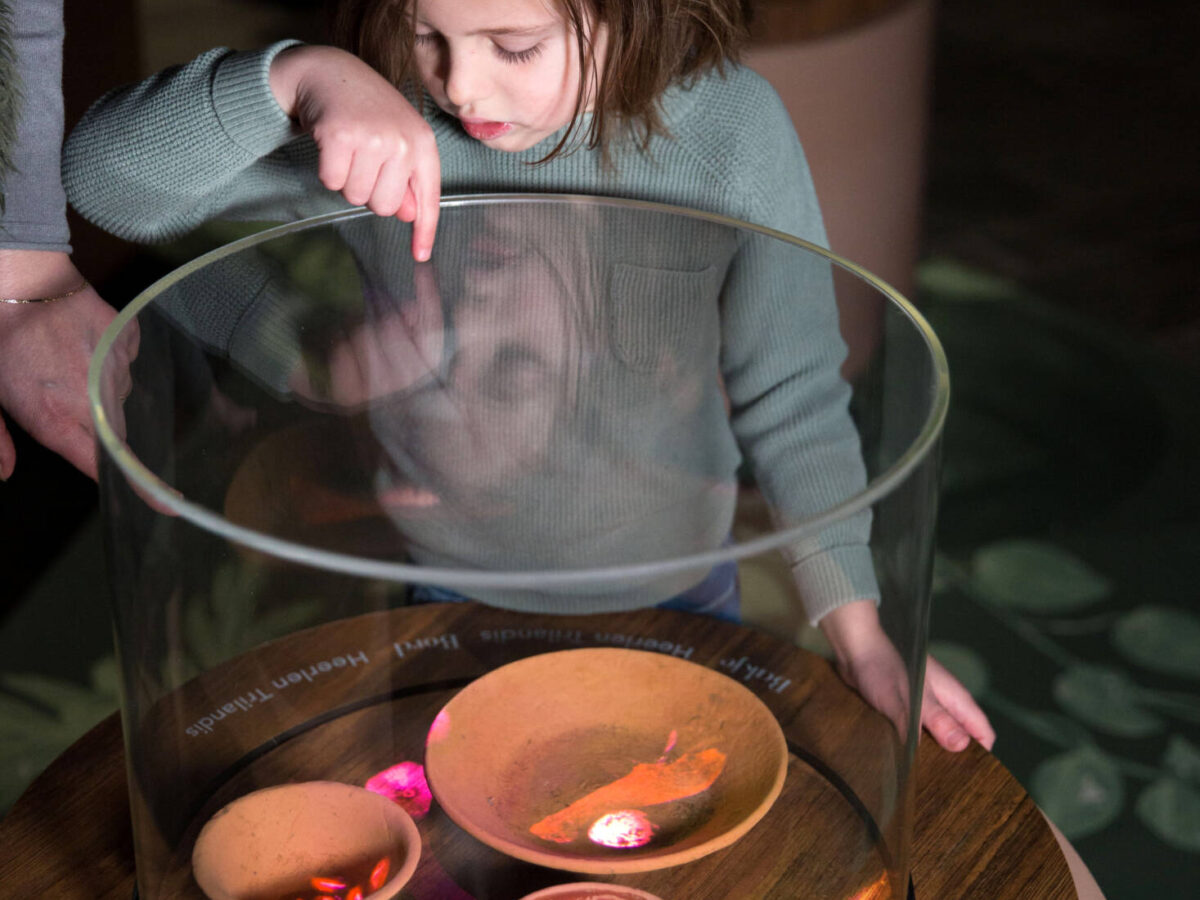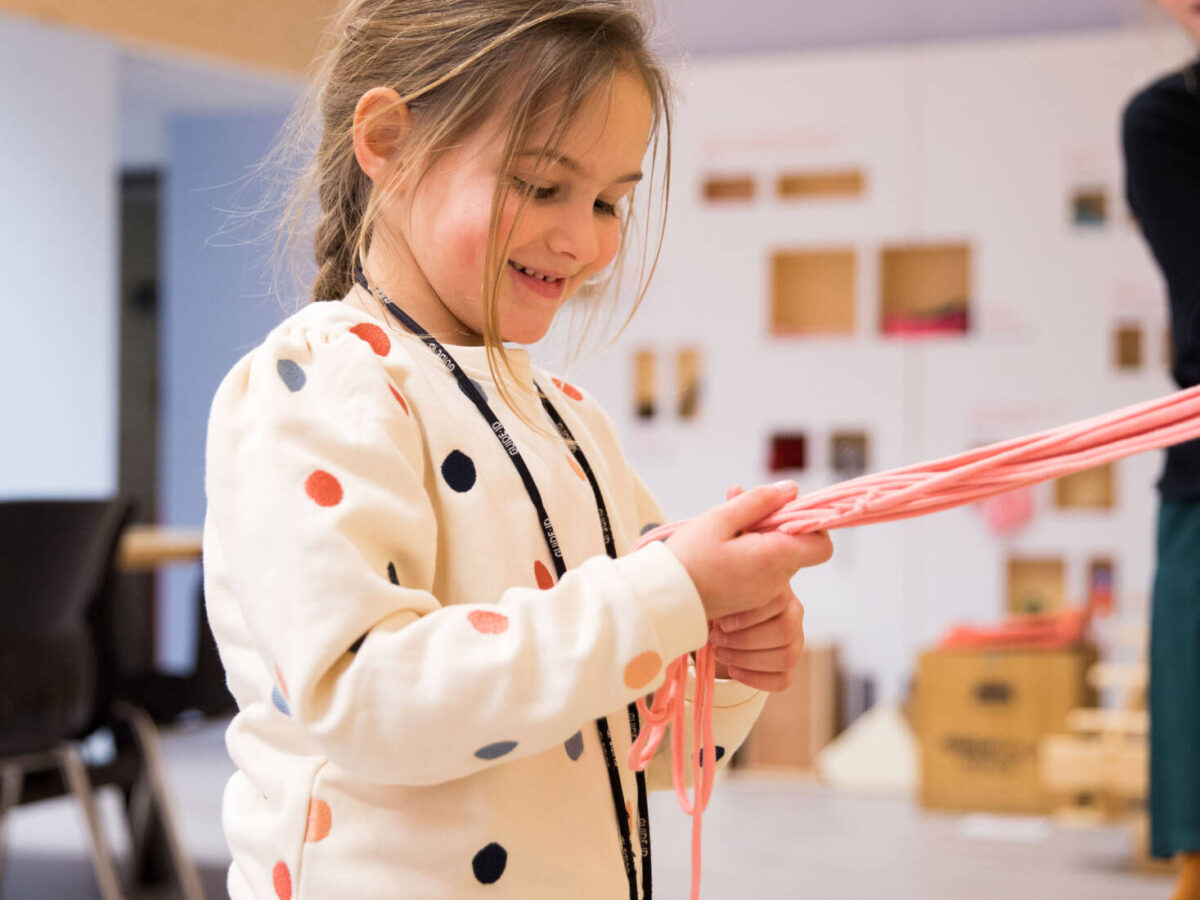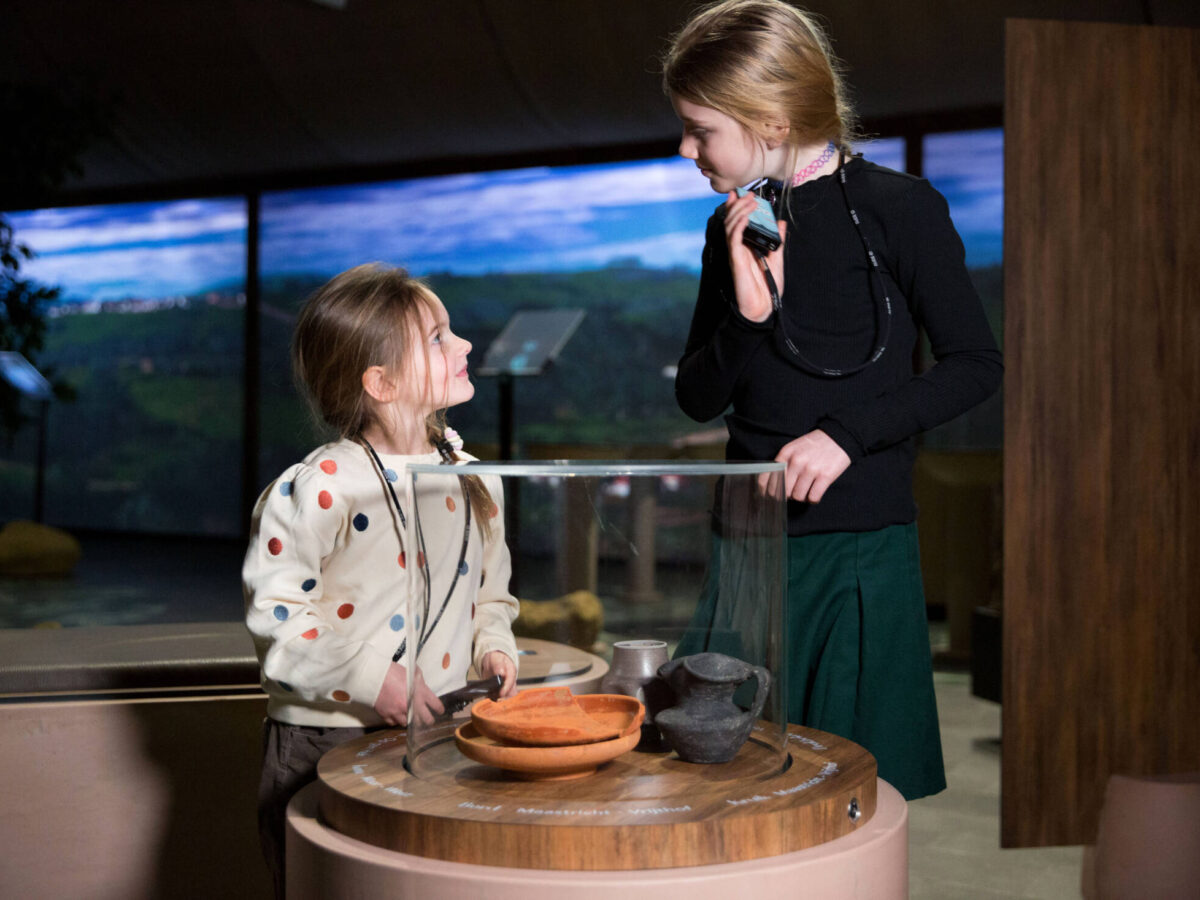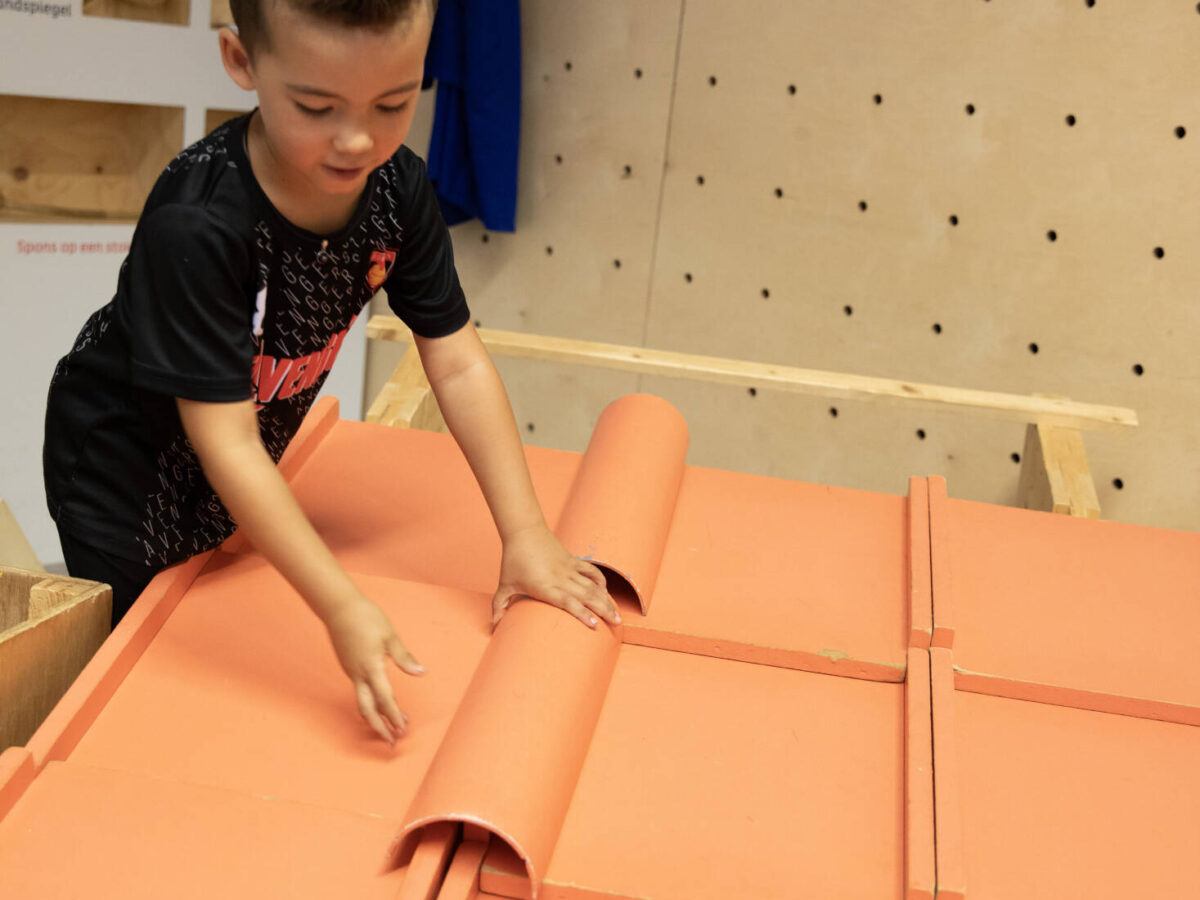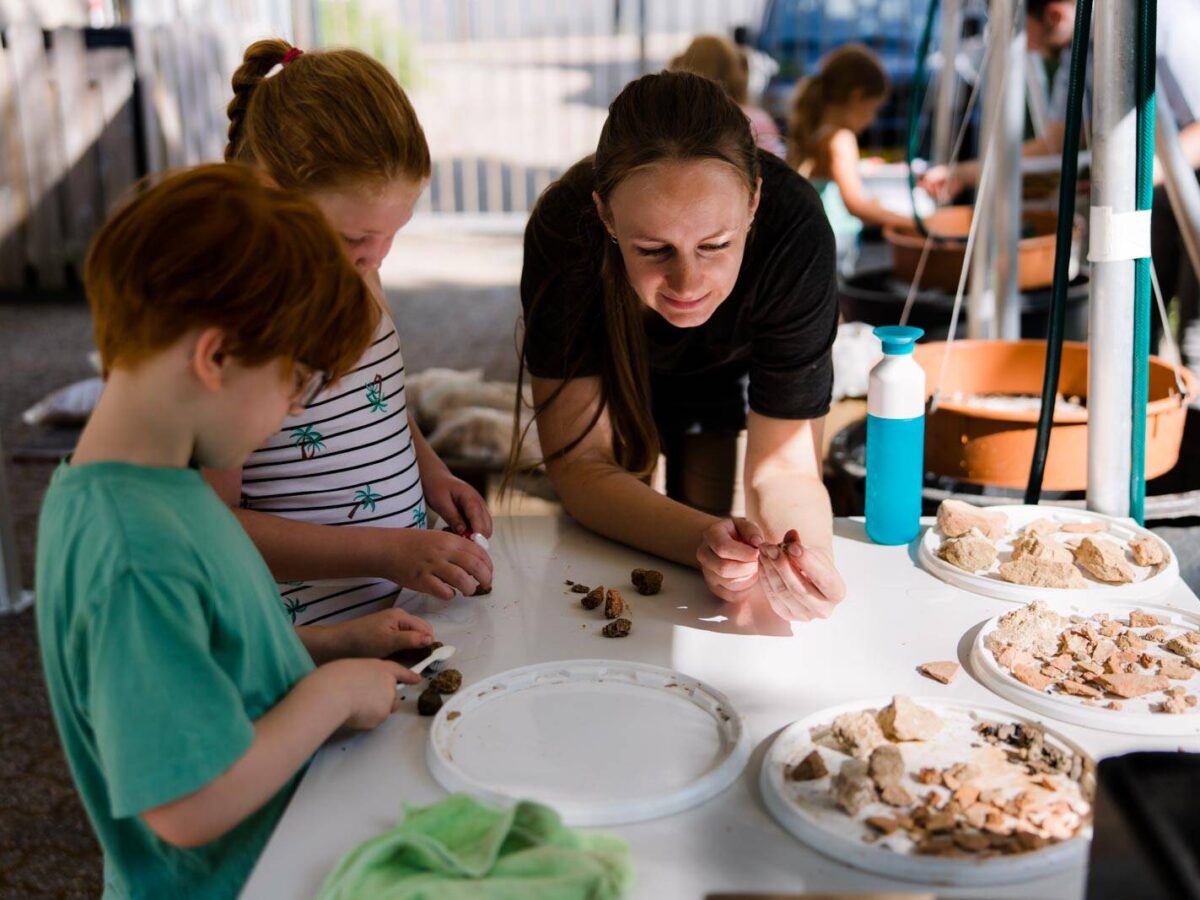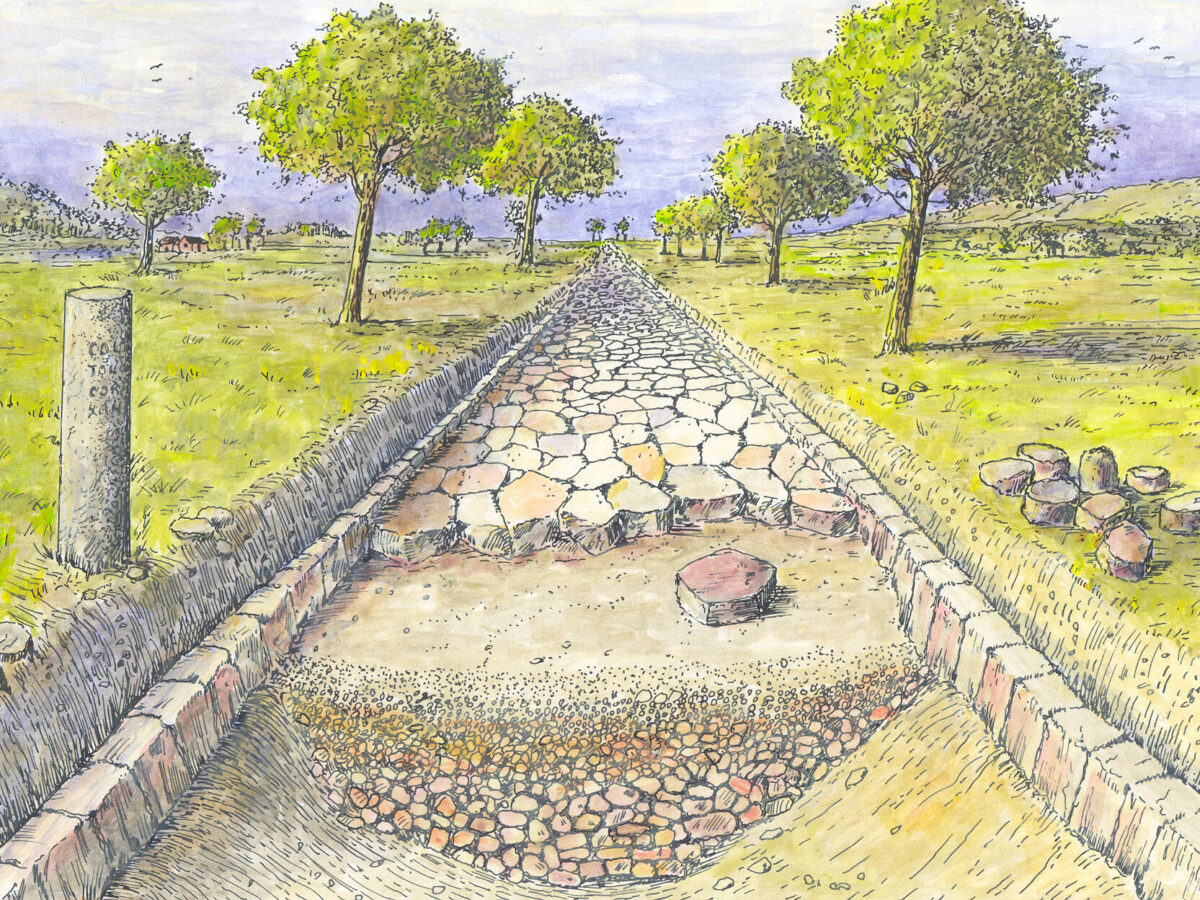Explain this… Romans in your own backyard?! – On the importance of heritage education
Author: Jody Martens
Photography: Jody Martens
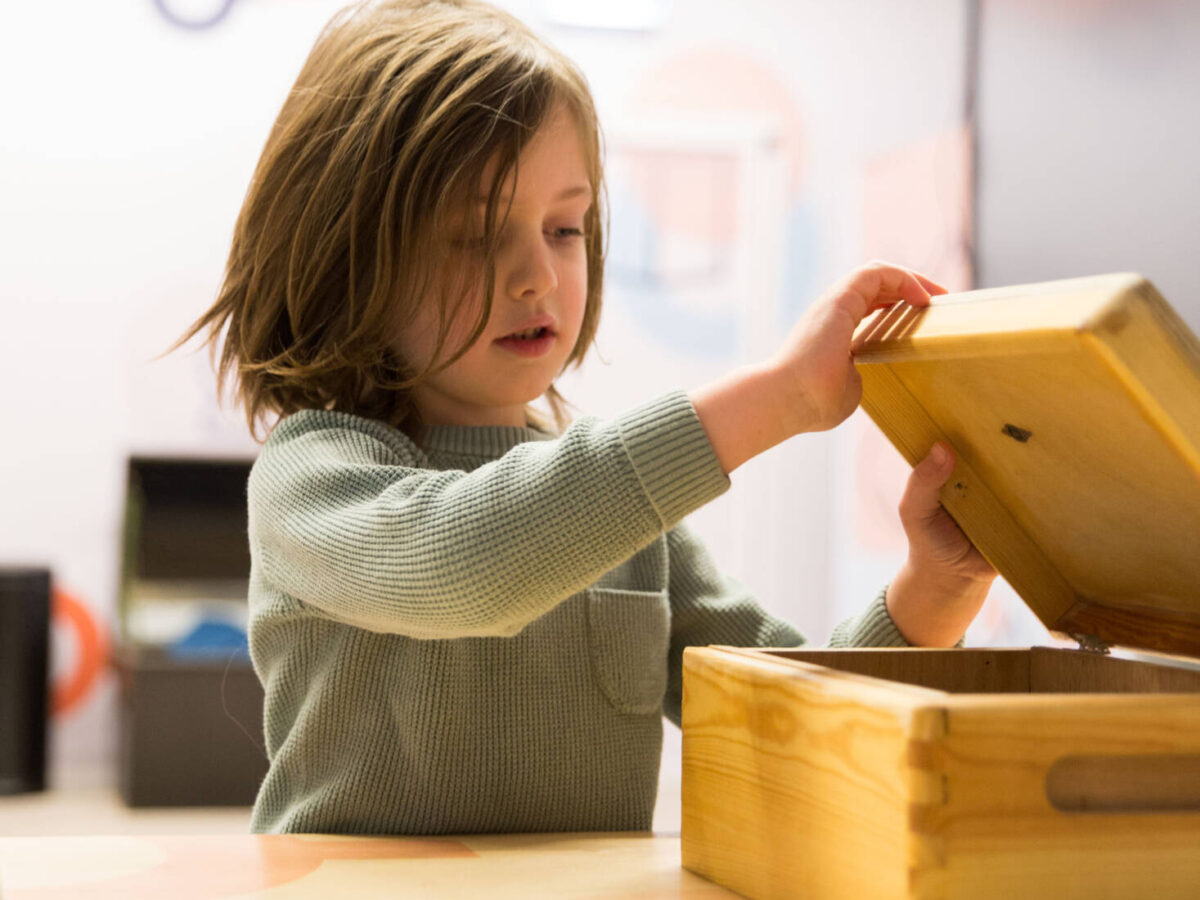
“How it was, how it is, how it will be.”
That is the broad description of heritage education we work with at the Thermenmuseum / The Roman Museum (and of course also at Hoensbroek Castle). Heritage education allows students to explore and experience the depth of time. They don’t just learn to reflect on the past and develop skills such as historical thinking and reasoning, but they also learn about their own surroundings. What lies beneath my feet here? Who lived here before me? What was life like back then? Think of the past as one big coloring page: history lessons provide the outlines—the key events, the periods, the timelines. Heritage education adds the colors, sometimes inside, sometimes outside those lines. Through heritage education, children discover what life looked like in a particular era and why certain objects and traditions are worth preserving for the future. By empathizing with and reflecting on the past, children also gain a better understanding of the present, and they develop into people who are aware of why heritage is important to safeguard for generations to come. This interplay between past, present, and future makes heritage education a rich form of cultural education—naturally interdisciplinary and often in cooperation with other subjects or cultural disciplines such as world orientation, drama, music, or citizenship. Heritage education usually takes place outside the classroom: in one’s own town or village, in a museum, or even in nature. In these places, pupils encounter heritage directly, which makes the experience much more powerful. We call this the direct heritage confrontation.

At the Thermenmuseum, we have been working with this idea of direct heritage confrontation for many years. Every pupil who enters the museum for the first time is impressed by the bathhouse—a place where you can feel, experience, and see the past. In the museum, we tell the story of Roman South Limburg and the central role of the bathhouse within it. In other words: the story of our own environment. About people just like you and me who lived here 2,000 years ago. People facing many of the same challenges in life that we face today. Our museum lessons and workshops are designed precisely so that pupils can explore and experience the past. Not boring guided tours with endless talking, but active learning methods: touching objects, imagining the lives of people from the past, smelling ingredients we no longer use, and listening to the sounds of the bathhouse.
Behind the scenes, we are working on our new museum: the Roman Museum. In this museum we will be able to tell even more stories about the people who once lived, worked, and thrived here—people who may have visited the bathhouse on a daily basis.
It is here that we hope pupils will come to discover and experience their own past: a rich place filled with stories about how it was, how it is, and how it will be. For the bathhouse, and all the stories of Roman life in this region, deserve a place in the future—where even more pupils can color in that great coloring page of history, using both the lines and the colors that their own imagination provides.
Jody Martens – Educator Historisch Goud (Hoensbroek Castle – the Thermenmuseum – the Roman Museum – De Vondst)

